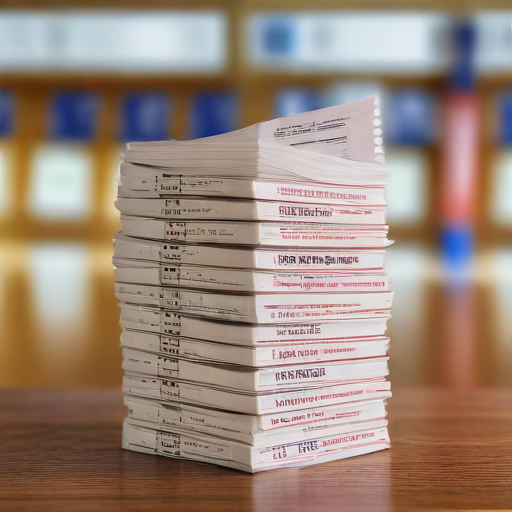As Election Day approaches, many voters may find themselves needing to utilize a provisional ballot to ensure their voices are heard in the presidential election. Understanding the provisional voting process is crucial for eligible voters who may encounter issues at the polls.
A provisional ballot serves as a safeguard for individuals who believe they are entitled to vote. In instances where election officials cannot confirm a voter’s eligibility immediately, the provisional ballot allows them to cast their vote. Subsequently, the local board of elections will verify the voter’s registration status. If confirmed as eligible, the ballot will be counted; if not, it may be discarded.
There are several reasons why a voter might need to use a provisional ballot. These may include situations where the voter’s name is missing from the official list, such as when they failed to register or did not update their address after relocating. Other circumstances could involve the voter attempting to vote at a polling location for an old address or if their records indicate they have already voted by mail. It’s important to note that voting more than once is illegal and will result in further investigation.
If you attempt to register during early voting or do not provide proof of residency when asked, a provisional ballot might also be necessary. Additionally, presenting identification upon request is crucial; ballots are counted only if ID is submitted to the local election office by 10 a.m. on the second Wednesday post-Election Day.
When casting a provisional ballot, an election official will provide you with an application to complete. Once the application is signed, you will receive a provisional ballot. It is essential to fill out the ballot correctly and place it in the provided envelope, which should then be deposited into a specially designated bag by the election judge.
The counting of provisional ballots is conducted meticulously, regardless of their potential impact on election outcomes. Registered voters fulfilling all eligibility criteria will see their votes counted. However, if a provisional ballot was cast at the wrong location, only certain parts of the ballot may count, specifically those linked to the voter’s assigned district.
Rest assured, the integrity of your vote is paramount. Provisional ballots remain confidential, staying sealed until the verification process is complete. Once verified and accepted, your votes are separated to ensure secrecy.
For voters keen to know whether their provisional ballots were counted, further inquiries can be made with local election officials after the election concludes. This transparency is part of the effort to uphold the democratic process.
In a time where every vote counts, understanding the provisional voting process empowers citizens to participate confidently in democracy. The ability to cast a provisional ballot ensures that those who encounter issues can still make their voices heard, fostering a more inclusive electoral system.
